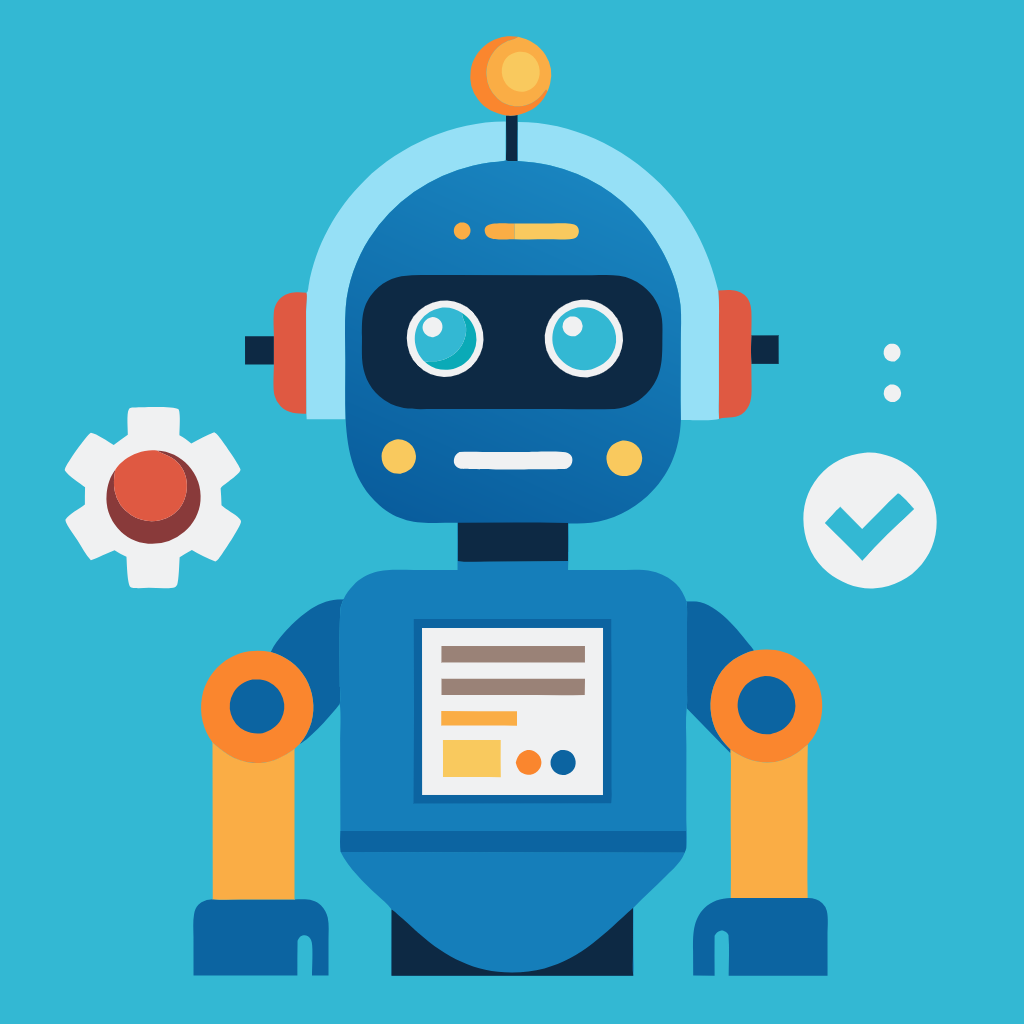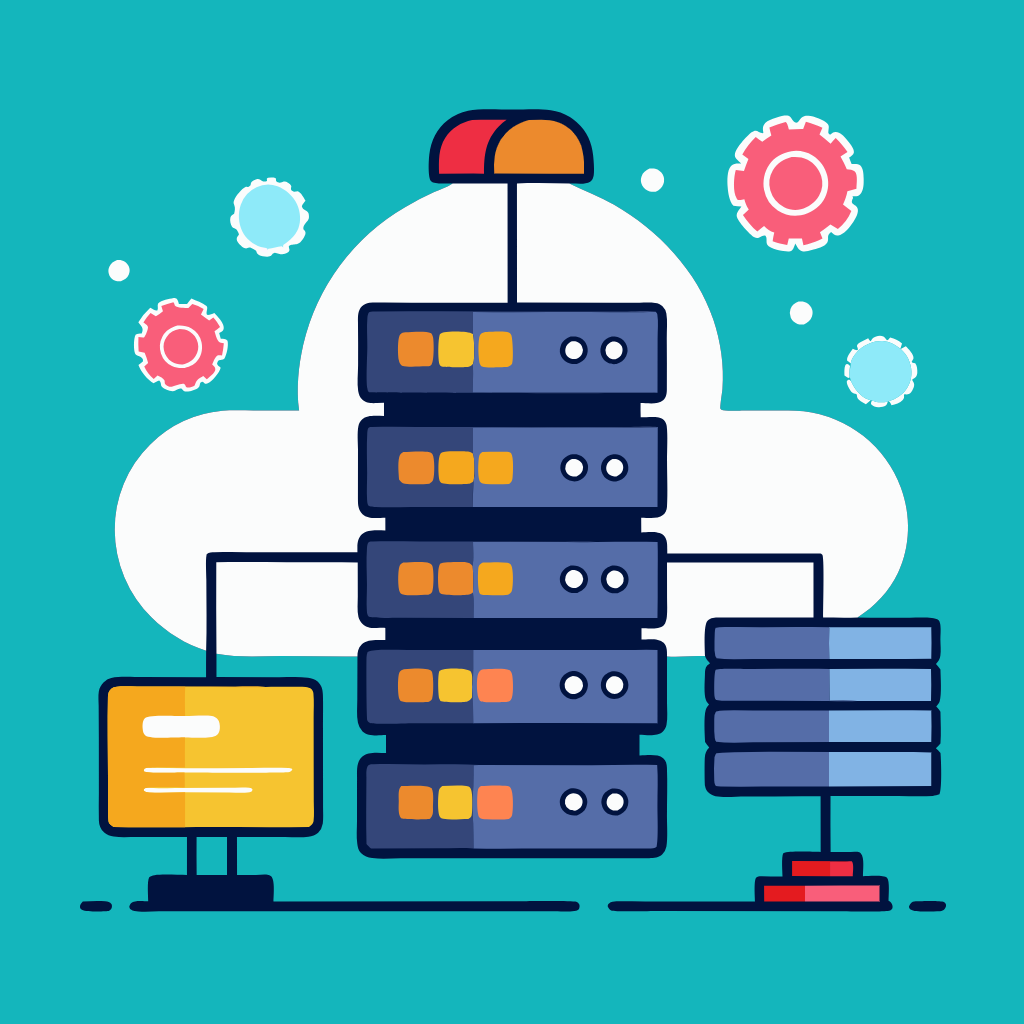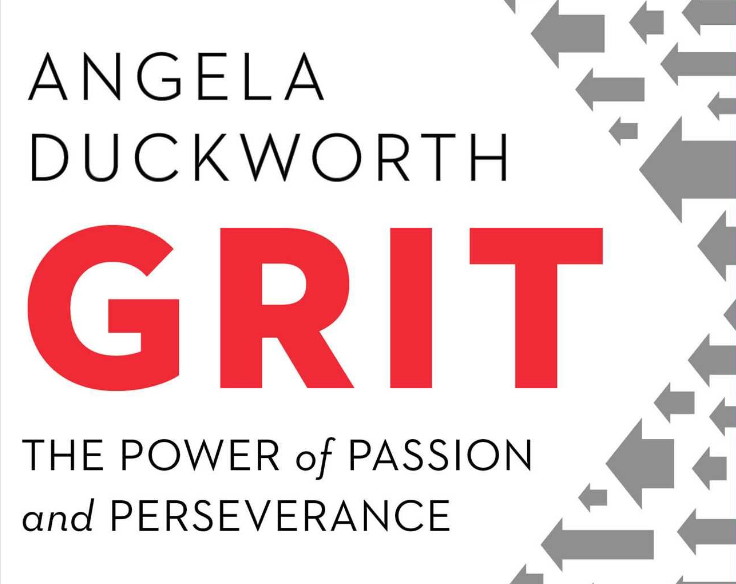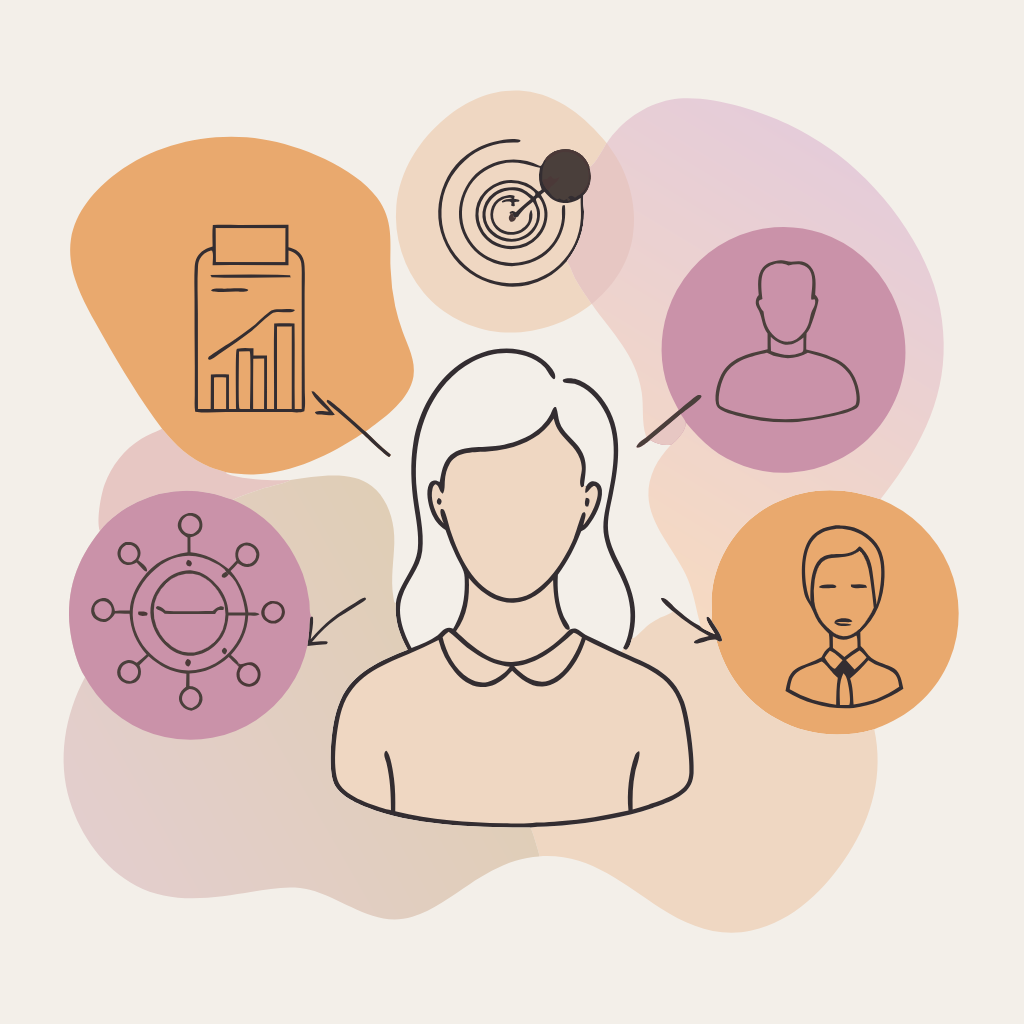Artificial Intelligence (AI) has revolutionized the way we live and work, and one of the most exciting areas of AI research is Multiple Agent Artificial Intelligence (AI) collaboration. In this blog post, we’ll break down what Multiple Agent AI collaboration is, how it works, and provide real-world examples of its applications in different industries. We’ll also highlight the benefits and potential challenges of AI, and provide an overview of the tools and libraries used to build AI agents.
What is Multiple Agent Artificial Intelligence (AI) Collaboration?
Multiple Agent AI collaboration refers to the ability of multiple AI agents to work together to achieve a common goal. These agents can be software programs or robots that are designed to interact with each other and their environment to achieve a specific objective.
How Does Multiple Agent AI Collaboration Work?
In a Multiple Agent AI collaboration system, each agent has its own goals, preferences, and capabilities. The agents interact with each other through communication protocols, such as message passing or shared memory, to coordinate their actions and achieve their goals.
Here’s a simple example of how Multiple Agent AI collaboration works:
Imagine a team of robots working together to assemble a car. Each robot has its own task, such as welding, painting, or assembling parts. The robots communicate with each other to coordinate their actions and ensure that the car is assembled correctly.
Real-World Examples of Multiple Agent AI Collaboration
- Manufacturing: Multiple Agent AI collaboration is used in manufacturing to optimize production processes and improve product quality. For example, a team of robots can work together to assemble a car, with each robot performing a specific task.
- Logistics: Multiple Agent AI collaboration is used in logistics to optimize supply chain management and improve delivery times. For example, a team of drones can work together to deliver packages to customers.
- Healthcare: Multiple-agent AI collaboration is used in healthcare to improve patient care and outcomes. For example, a team of robots can work together to assist surgeons during surgery.
- Finance: Multiple Agent AI collaboration is used in finance to optimize investment portfolios and improve risk management. For example, a team of AI agents can work together to analyze market data and make investment decisions.
Benefits of Multiple Agent AI Collaboration
- Improved Efficiency: Multiple-agent AI collaboration can improve efficiency by allowing agents to work together to achieve a common goal.
- Increased Productivity: Multiple-agent AI collaboration can increase productivity by allowing agents to perform tasks in parallel.
- Better Decision Making: Multiple Agent AI collaboration can improve decision-making by allowing agents to share knowledge and expertise.
- Enhanced Adaptability: Multiple Agent AI collaboration can enhance adaptability by allowing agents to adapt to changing environments and situations.
Potential Challenges of Multiple Agent AI Collaboration
- Complexity: Multiple Agent AI collaboration can be complex, requiring sophisticated algorithms and communication protocols.
- Scalability: Multiple Agent AI collaboration can be challenging to scale, requiring significant computational resources and infrastructure.
- Security: Multiple Agent AI collaboration can be vulnerable to security threats, such as data breaches and cyber attacks.
- Ethics: Multiple Agent AI collaboration raises ethical concerns, such as accountability and transparency.
Tools and Libraries Used to Build AI Agents
- TensorFlow: An open-source library for numerical computation and machine learning, widely used for building and deploying AI models.
- PyTorch: Another popular open-source machine learning library, known for its dynamic computational graph and ease of use, especially in research.
- Keras: A high-level neural networks API, written in Python and capable of running on top of TensorFlow, Microsoft Cognitive Toolkit, Theano, or PlaidML.
- Scikit-learn: A library for machine learning in Python, offering simple and efficient tools for data mining and data analysis.
Natural Language Processing (NLP)
- spaCy: An open-source software library for advanced NLP in Python, used for processing and analyzing large volumes of text.
- NLTK (Natural Language Toolkit): A suite of libraries and programs for symbolic and statistical natural language processing.
- Hugging Face Transformers: A library providing general-purpose architectures and pre-trained models for NLP.
Deep Reinforcement Learning
- OpenAI Gym: A toolkit for developing and comparing reinforcement learning algorithms.
- Stable Baselines3: A set of reliable implementations of reinforcement learning algorithms in PyTorch.
Data Handling and Processing
- Pandas: A powerful, open-source data analysis and manipulation tool built on top of the Python programming language.
- NumPy: A fundamental package for scientific computing with Python, providing support for large, multi-dimensional arrays and matrices.
How to Make an AI Agent
- Define the Agent’s Goals: Define the agent’s goals and objectives.
- Choose a Programming Language: Choose a programming language to build the agent.
- Select a Library or Framework: Select a library or framework to build the agent.
- Design the Agent’s Architecture: Design the agent’s architecture, including its sensors, actuators, and decision-making algorithms.
- Implement the Agent’s Behavior: Implement the agent’s behavior, including its decision-making algorithms and communication protocols.
- Test and Evaluate the Agent: Test and evaluate the agent to ensure it achieves its goals and objectives.
Conclusion
Multiple Agent AI collaboration is a powerful technology that has many real-world applications in different industries. By understanding how Multiple Agent AI collaboration works and its benefits and challenges, you can build AI agents that can work together to achieve common goals. With the right tools and libraries, you can build AI agents that can improve efficiency, productivity, and decision-making.
Discover more from Susiloharjo
Subscribe to get the latest posts sent to your email.





